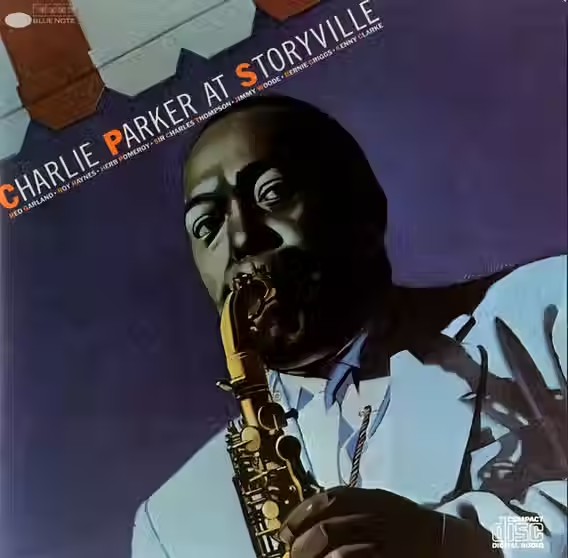Excerpt from piece on the Grateful Dead's 1971 Halloween show
- Colin Fleming

- Oct 27, 2022
- 3 min read
Thursday 10/27/22
You listen to “Sugar Magnolia” and you are aware that the Dead were feeling it on this evening, by which I mean, the totality of their command. How good they were. The riff cuts deep, builds in momentum, and carries us into “St. Stephen,” which itself has one of rock’s all-timer riffs to go along with the Beatles’ “Day Tripper,” the Rolling Stones’ “Satisfaction,” the White Stripes’ “Seven Nation Army.” Garcia got this weird amount of what sounds like wind in the “St. Stephen” riff. The sound of said riff is massive, but it’s also as if its creating this current of air that blows against your person. A wind-riff in the middle of an electrical storm.
The set doubles as an education in the efficacy and variability of the riff as vital musical component. A life-giving component. These songs feature a reoccurring musical pattern, but they explode and then reabsorb that explosive energy with their individuality and the individual expression of the responsible parties. All of the band members have what’s tantamount to fierce say in these proceedings, with each player having his own voice, and those voices then building into a communal voice. I think that’s what it means to “get” the Grateful Dead, to understand the twined spirit of individuality and community. I also think that’s what it means to get the writings of Thoreau or the speeches of Abraham Lincoln, or the poems of Walt Whitman. This is what we’re here for, by which I mean, on earth, when you get down to it, and in what we deem worth listening to and worth listening to well.
The second set issued on Dick’s Picks Volume 2 reminds me a lot of another live album I love, the Who’s Live at Leeds. Both records feature six songs. The concerts from which those songs came were gargantuan affairs. There are listeners who want to listen to every last note of a two or three-hour show, and others who want parts of that show, in terms of what is formally pressed into the grooves of a record.
The six-track Leeds is quite different than the entire shebang that occurred on that Valentine’s night in the north of England in 1970. I like both approaches, because they’re such different listening experiences. You want an outstanding gig, from soup to nuts—well, opening song “Bertha” wasn’t recorded—then hunt down this Grateful Dead show from Halloween 1971. If you wanted a direct shot to your musical heart, and a genius lesson in all matters riff and flow, dig this six-song soul-grower.
Bob Weir hammers the old shave-and-a-haircut riff of Buddy Holly’s—by way of Bo Diddley—“Not Fade Away,” and it’s clear we’re having a rhythm and blues shivaree. The joy in the music rubs off on you. If the Grinch hated the Dead and not Christmas, and you played him this, he’d reverse his Grinch-y course.
The vocalists shout their bluesy hallelujahs over the thumping—but also lissome—rhythm, and then one of my favorite occurrences in all of music begins to transpire. The Dead had a way of making “Goin’ Down the Road Feeling Bad” appear before it appeared. The song has not formally arrived, the current song is still unfolding, but a part of you realizes that something has begun in terms of “Goin’ Down the Road Feeling Bad.” The band manages to plant the idea of its riff in your subconscious before your conscious mind identifies the song, so that when that lilting, wistful, sly boots of a refrain does begin, it’s as if you’re remembering an experience you loved, only it is just starting now.



Comments